Why Visit Now: Fes
Fes is known throughout Morocco for its proud loyalty to ancient traditions. Yet, by visiting you’ll find that this northern city is more forward-looking than you might expect. Join writer Sally Kirby on a tour of Fes’ cultural sights.
A saying often heard in Morocco goes “Fes is Fes,” meaning the northern city is unchanging and proudly so. Fes is Morocco's study and spiritual capital, home to the world’s oldest university and a well-preserved culture as guarded as the city's Royal Palace. Fes el-Bali, the world’s largest pedestrianized medina, is the country’s best-preserved and a great place to immerse yourself in the rhythm of Islamic daily life.
Fes is for those who like being immersed in antiquity, where time is suspended, and you can forget the digital world for a while. A few things to bear in mind: it is surprisingly hilly in the medina, so wear comfortable shoes; it’s hot in summer and cold in winter; and it is more conservative than other Moroccan cities, so pack appropriately.
While Fes is indeed Fes, by spending some time in the city you will find ways to experience it from different perspectives, with fascinating discoveries awaiting in the surrounding countryside.
1. Medina through a local lens
Fes el-Bali, the 1200-year-old walled Medina, is the world’s largest car-free pedestrianized zone. Donkeys are more commonly seen here than motorized vehicles. With over 9000 cobbled alleys, it’s also the world's largest living medieval Islamic city. Its sprawling souks, kissaria (covered markets), matchbox-sized cafés and street vendors are there primarily to serve the resident community. Tourists are a welcome addition, drawn to the city for its historic sights, religious monuments, artisan crafts, traditional riads, and plentiful dead ends.
Getting lost is part of the Medina experience and while the Medina has been largely unchanged since its inception, Medina-born photographer Omar Chennafi can help you see it from a different perspective. During his 4-hour photography tours - no unwanted shopping moments or introductions for commission - he’ll share stories of life in the Medina and his local insights and invite you to see the city through a new lens.
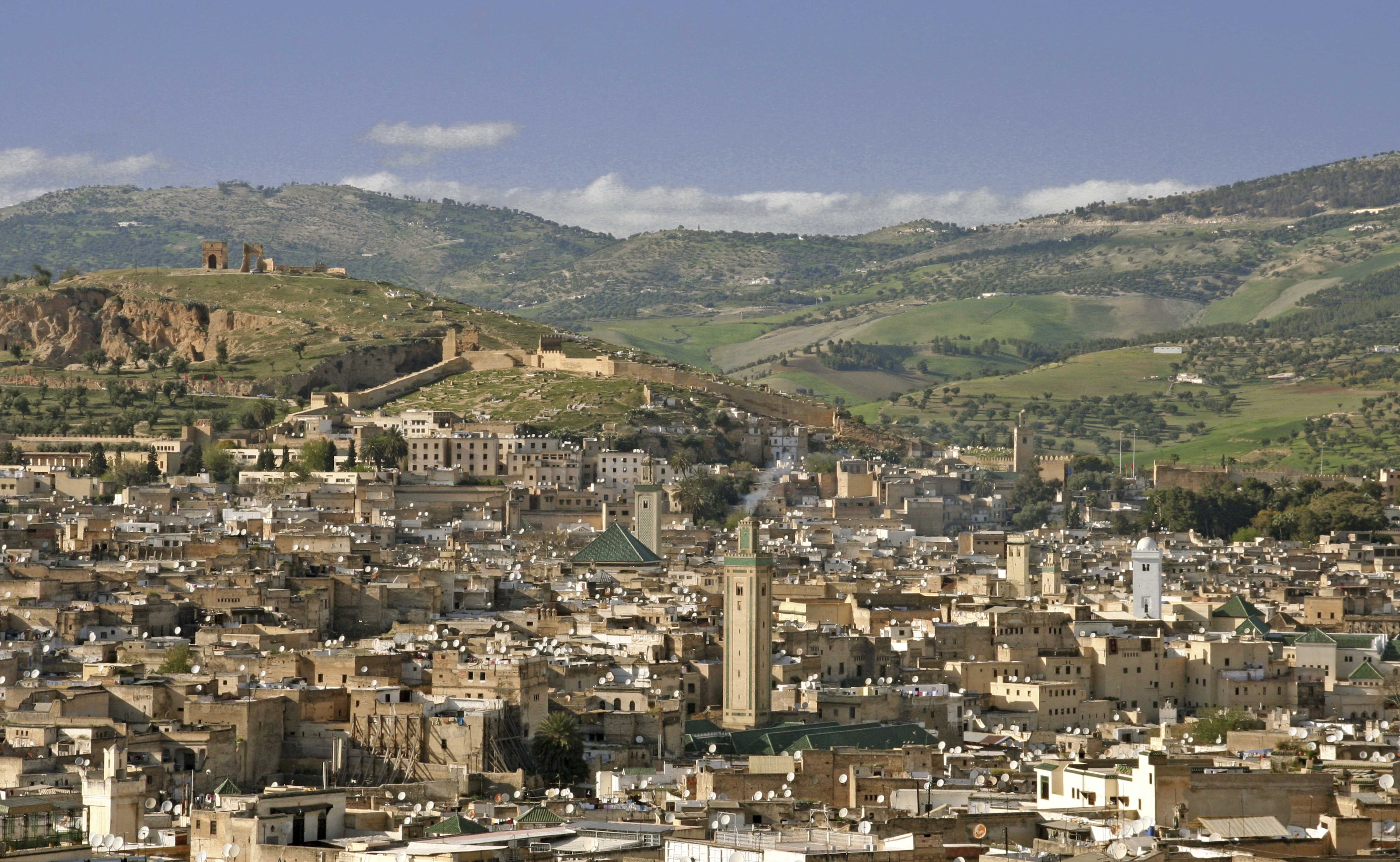
Omar Chennafi
2. Make for a museum
While the medina is like an outdoor museum with all the cultural treasures it holds, the city’s main long-standing museum is the Dar Batha Museum. After a few years of closure for renovations, it’s about to make a much-awaited comeback in October 2024. This former summer palace, built in Arab-Andalusian style, has been a much-loved museum since 1915.
In the meantime, for an interesting cultural experience, head to the Nejjarine Museum of Wooden Arts and Crafts. This museum offers a well-curated journey in a beautifully converted fondouk, a traditional inn that used to accommodate traveling salesmen (upstairs) and their animals (downstairs). It’s a stunning building displaying woodcraft and its significance for Morocco’s cultural heritage. The rooftop café offers city views and is a nice break from street level when out and about in the medina.
Read more: Beyond the Atlas: A Journey to the Heart of Amazigh Traditions
3. Rock ‘n’ ruin
Fes was originally founded in the 9th century but reached its glory during the 13th and 14th centuries when it replaced Marrakech as the country’s capital. Under the ruling Merenid dynasty, a large number of the city’s monuments, schools (medersas), palaces, and mosques were built. To really get a feel for the city's sprawl, take a hike or drive up to the Merenid Tombs at sunrise or sunset. Not much is left of the tumbling ruins, but from the elevated position, you can enjoy panoramic views over Fes el-Bali and the surrounding plains.
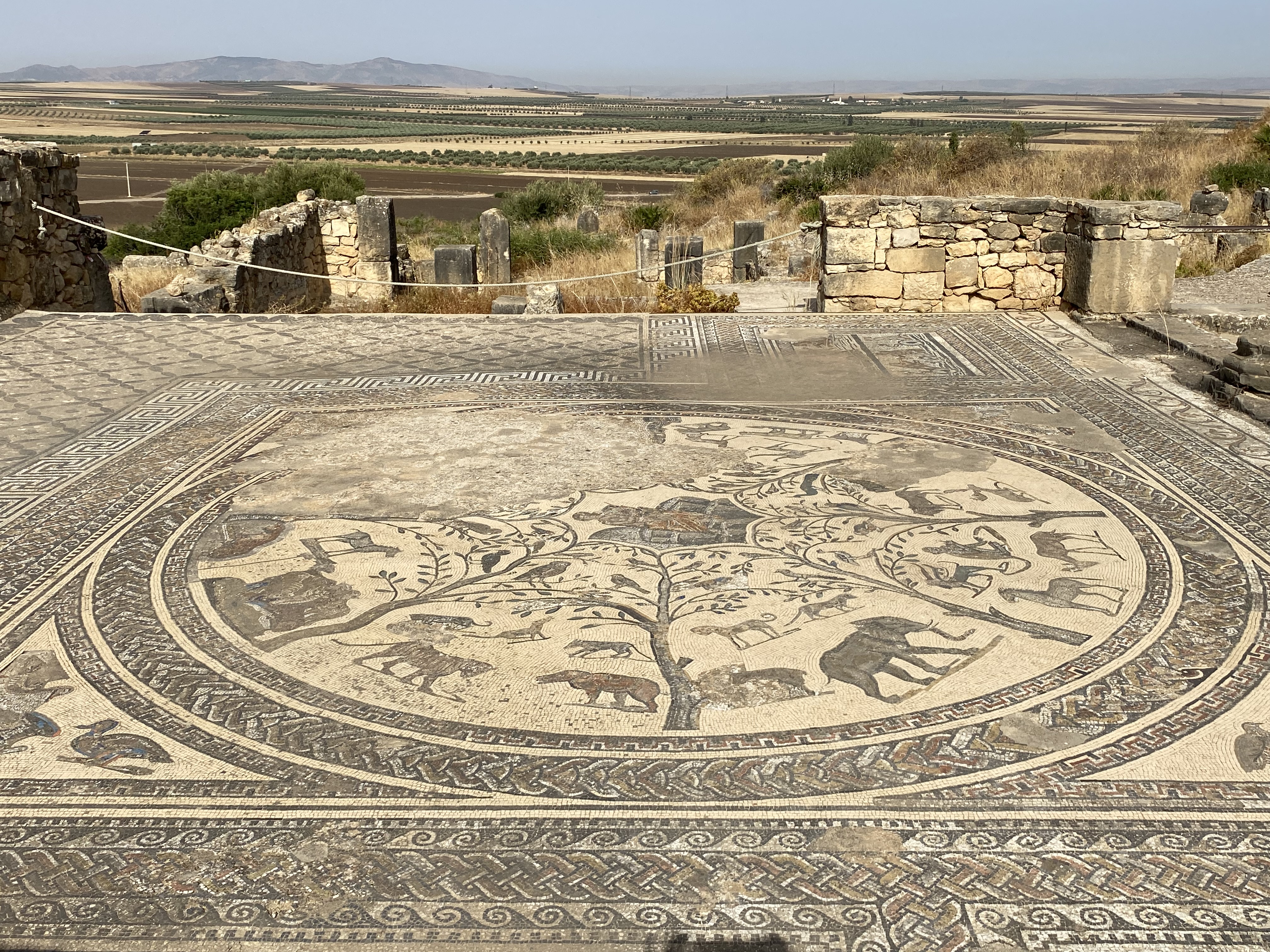
Sally Kirby
If this whets your inner archaeologist’s appetite and you want to dig deeper into Morocco’s history, a day trip to Volubilis is well worth the scenic 90km drive. An ancient Roman city dating back to 300 BC, Volubilis was an affluent capital in its heyday. It had everything a Roman needed: capitol building, hammams, olive presses, solariums, aqueduct, sacrificial altar, ablution chambers, launderette, and grand houses with incredible mosaic floors still remarkably intact. The site is spread over 42 hectares, and ongoing restoration work continues thanks to UNESCO.
4. Delight in the riads and palaces
There are a bewildering number of riads in Fes Medina. Most riads have between four to eight bedrooms, offering an intimate home from home experience. Due to popular demand, some have expanded, such as Relais and Chateaux’s Riad Fes where four riads have been joined together to create a boutique hotel with thirty bedrooms, fine dining, rooftop bar, spa and swimming pool. Whilst Medina life is unchanged for centuries, behind ornate palace and riad walls there is continuous restoration work, new offerings for visitors, including storytelling soirées at Palais Faraj, and ways to wow guests, such as Palais de Fes 1001 Arabian Nights private dinner which launched in 2024.
5. Shop, shop, shop
The two main thoroughfares of the Fes el-Bali Medina, Talaa Kbira and Talaa Sghira, make for easy, at times repetitive, gift shopping. Look out for hand-painted ceramics featuring Fes’ signature cobalt blue, hand-sewn embroidery, hand-carved woodwork, and leather goods. These are more than likely made by local artisans.
Near the Mausoleum of Moulay Idriss, look out for a renovated covered souk, kissaria. Here you will find brocades and caftans with threads of gold alongside other traditional Moroccan clothing. If gold is your thing, there’s plenty more bling in the Mellah district of Fes el-Jdid. This former Jewish quarter has a staggering amount of gold jewelers packed into its more open streets.
If you prefer fixed-price stores, they’re coming, slowly. Concept stores are popping up, including the beautifully curated Medin’ Art and newcomer Asly Concept Store, which is a breath of fresh feminine energy in Place Seffarine.
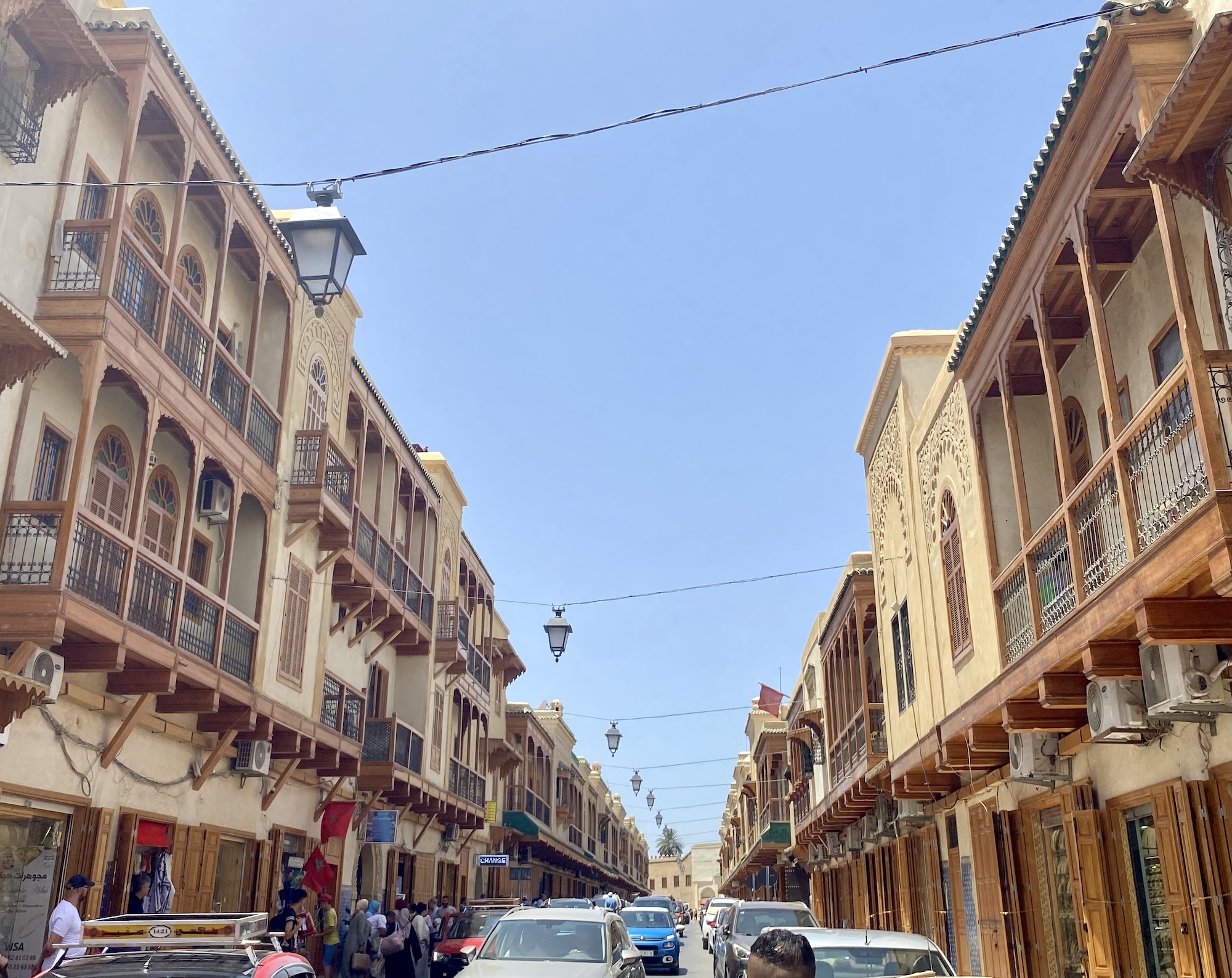
Sally Kirby
6. Festival feels
Fes is widely known for its annual and long-standing festival, the Fes Festival of World Sacred Music, which attracts musicians, artists, and their followers from all over the world. The latest edition, the 27th, was hosted in May 2024 and took over the city for ten days. Designed to be a celebration of spiritual diversity, it features a wide range of sacred and spiritual music from around the world and aims to embody the peaceful coexistence of different faiths.
In addition to the Fes Festival of World Sacred Music, there is also the Festival of Sufi Culture. For anyone interested in cultural events or meeting local artists, check out Fez Art Lab and Fez Gathering for other pop-up events throughout the year.
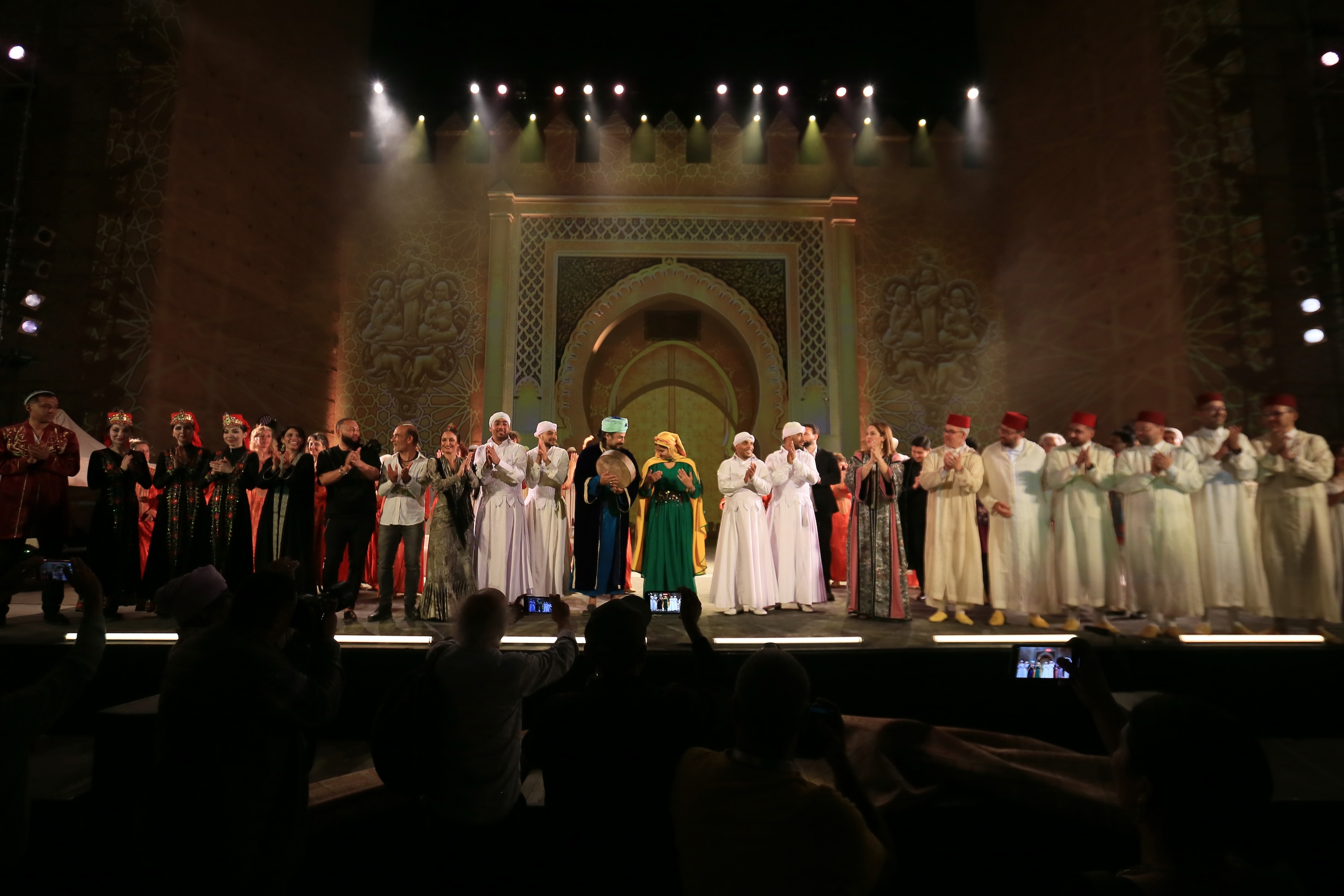
Omar Chennafi
7. Celebrate, cook and share the Fassi cuisine
Fes is fondly referred to as the birthplace of Moroccan food. One of the cities’ most famous dishes is the pastilla pie, served in a savory and sweet variety, found on most menus. In its original form it is shredded gamey pigeon meat blended with egg, onion, almonds, sugar and spices, wrapped in a fine filo pastry, baked, and sprinkled with cinnamon and powdered sugar.
Stay Inspired. Explore the World.
Subscribe to the Wayer Journal and discover a world of inspiring stories and Fernwayer's newest, meticulously crafted private tours.
Nowadays the Medina is home to numerous fine dining restaurants; take your pick from a candlelit courtyard at Dar Roumana with its seasonal, Franco-Moroccan menu, or for cozy ambiance check out Gayza in Riad Fes, and for panoramic city views head to L’Amandier rooftop restaurant at Palais Faraj. Meanwhile, Najaat Kanache shares her creative flair and Michelin star-studded training at Nur.
Don’t miss the street food stalls serving hearty soups such as bissara and harira, and khlii, a preserved meat that is often served with eggs. It is possible to join in the spread of Fassi recipes by enrolling in one of the many cookery classes on offer in the city, a popular one being Palais Amani’s rooftop school.
Read more: Why Visit Now: Essaouira
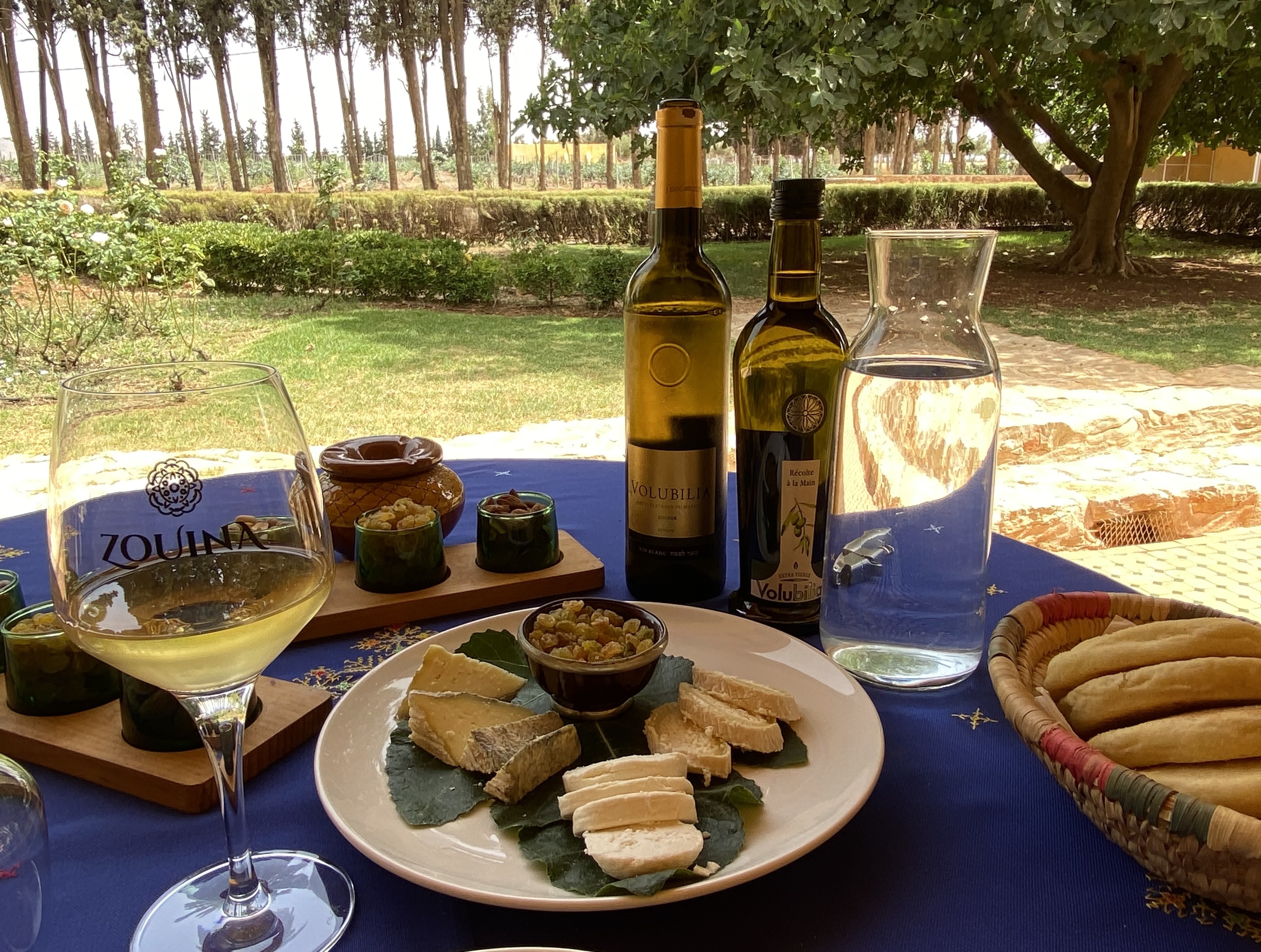
Sally Kirby
8. Wait, there are Moroccan wineries?
One of Morocco’s confusing contradictions is that it’s a Muslim country that consumes and produces great wines. The closest wineries to Fes are found in the Boufekrane region, a 70 km drive from the city. Domaine de la Zouina has now opened its cellar doors to day visitors interested in learning more about its award-winning wine and olive farm. It’s a great opportunity to taste some of Morocco’s finest wines, which, due to low-volume production and a requirement to fulfill local quota, are rarely available overseas.
9. Inside the Chouara Tannery
Unchanged in centuries, the ancient craft and labor-intensive art of tanning and dyeing leather plays out on a medieval stage in the heart of Fes’ Medina. Believed to have been founded in the 16th century, Chouara is one of the oldest and largest tanneries in the world. It is a humbling scene to experience.
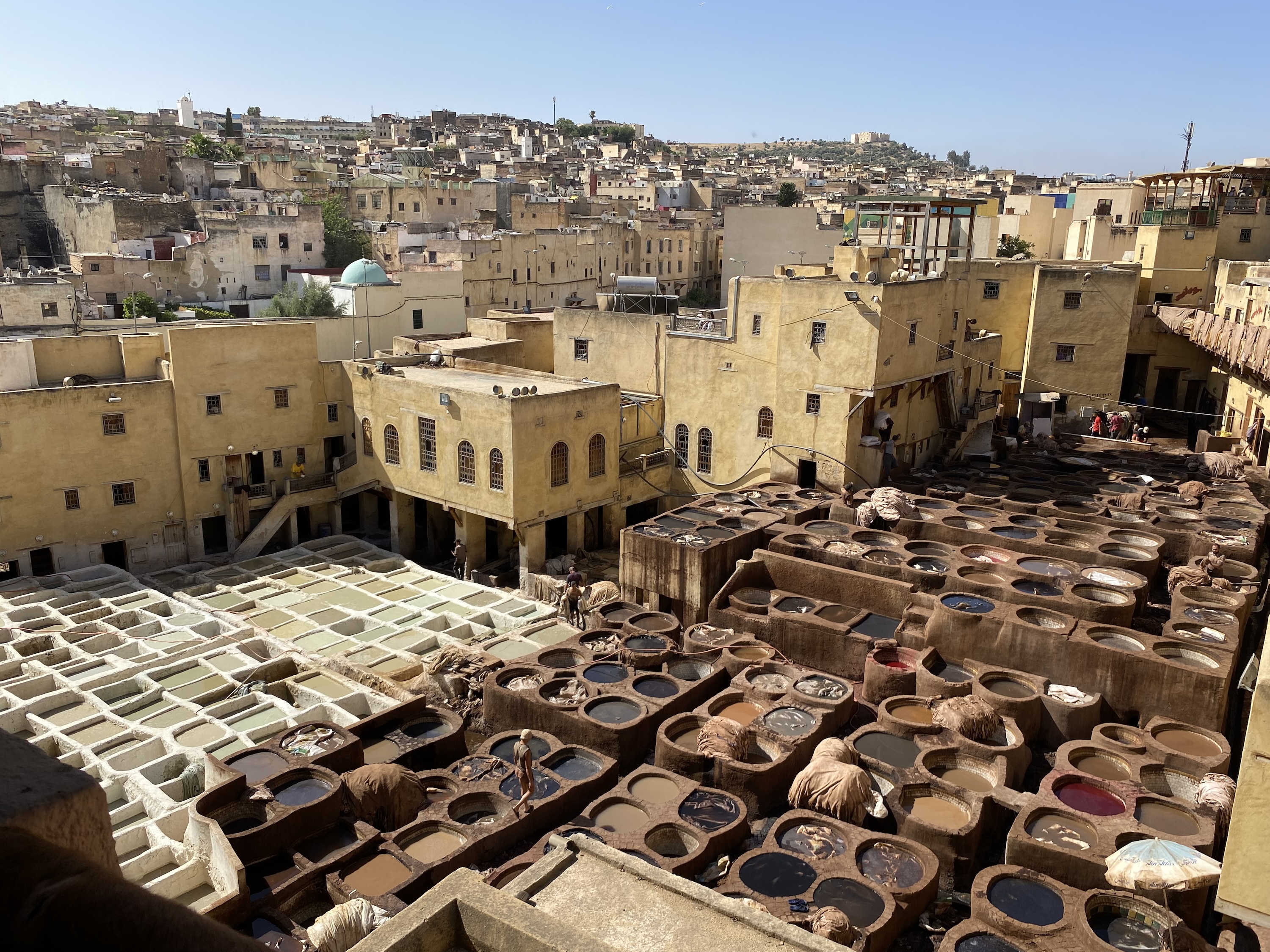
Sally Kirby
Visitors can access one of several viewing terraces through the surrounding leather shops such as Belle Vue de la Tannerie, 64 Derb Sidi Bouazza.
Take a moment to pause and watch, even if the ammonia smell is strong; sprigs of mint are offered to hold under your nose. You can expect a sales pitch for leather goods. If you are not interested in shopping, say so, and instead offer a tip for your visit. There is no official entrance fee, but your contribution in exchange for taking photos will be greatly appreciated.
10. Islamic importance
Fes is conservative, traditional, and devoted to its Islamic and scholarly roots; it is home to over 300 mosques, sacred shrines, and ancient medersas (Islamic schools). It is a fascinating place to dive deep into Islamic architecture, culture, and learning in a more concentrated way than other Moroccan cities.
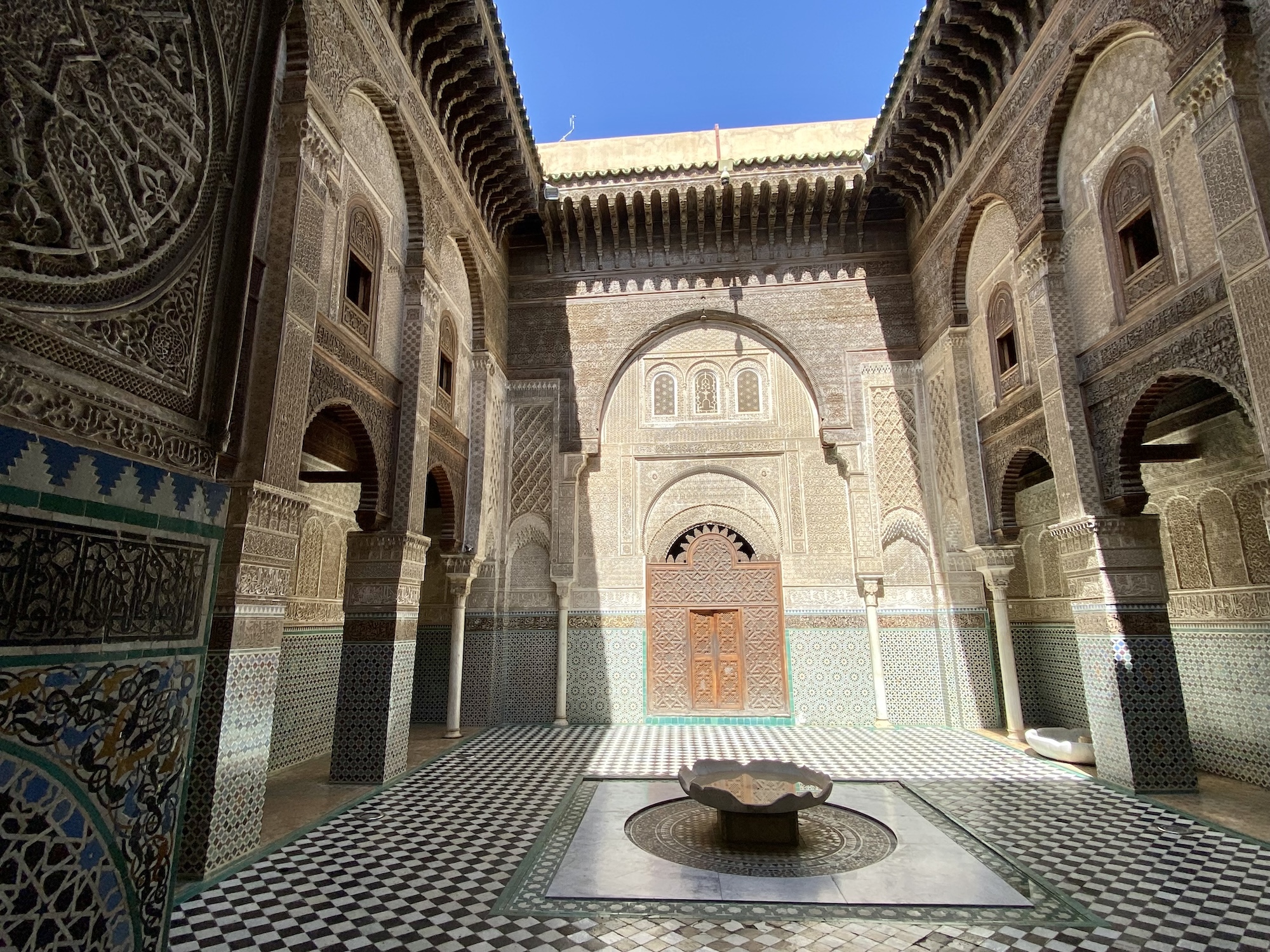
Sally Kirby
While the mosques and key religious sites are only open to Muslims, hiring a city guide can give you some context as to their significance.
Several medersas are open to non-Muslims, including Medersa el Attarine, a beautiful former Quranic school near the Kairouine Mosque. Founded in the 14th century, Medersa el Attarine is a striking building with classic zellige mosaic tiles, lace-like stucco carvings, elegant calligraphy, and carved cedarwood. Following recent renovations in 2019, it’s now possible to visit the scholars' bedrooms upstairs.
Nearby, the Mausoleum of Moulay Idriss II is considered one of the holiest shrines in Morocco, a place of pilgrimage for Islamic worshippers. A side door is usually left open to offer a glimpse at the shrine from afar.

